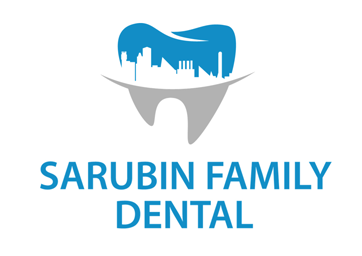A dental crown is a tooth-shaped cap that can either be placed on an implanted post or over an existing tooth. Crowns can be made of various materials for different purposes.
What Are Dental Crowns Made Of?
Metal crowns can be made from various alloys, including gold, platinum, cobalt-chromium and nickel-chromium. These crowns are strong and last the longest of all materials. They rarely break, but their color and the high price of some of the metals, like gold, can cause people to seek another option.
Stainless steel crowns are often used temporarily while a permanent crown is being made. They’re also used for children to reduce the number of visits needed to care for a primary tooth that has been treated for decay until the tooth naturally falls out and the adult tooth takes its place.
For visible teeth, porcelain fused to metal can create a crown that matches your tooth color. These are a great option if the crowns are being fitted to a long bridge where structural strength is important. However, porcelain crowns chip easily and can cause some wear to their opposing teeth.
All-ceramic or all-porcelain crowns provide the best natural color matching. Because of this, they can be used for front and back teeth.
All-resin crowns are cost-effective, but they wear down over time and tend to break easier than porcelain-fused-to-metal-crowns.
Why Do We Need Dental Crowns?
Dental crowns can restore previously broken or worn-down teeth or protect weak teeth from decay, breakage, or chips. When the exterior of a tooth is worn away, a crown can cover the filling of the existing tooth and prevent it from being damaged. Crowns are also attached to dental implants to take the place of a missing tooth and are used as a cosmetic modification to improve a person’s appearance.
How Is a Dental Crown Prepared and Placed?
At your first visit to get a crown, you will get X-rays to check the roots of the tooth and assess the surrounding bone. If there is excessive damage due to decay or if there appears to be an infection or risk of injury to the tooth’s pulp, the dentist may recommend a root canal first.
The tooth will need to be shaped to receive the crown, so you will be anesthetized (numbed) while your dentist does this. If a significant portion of the tooth is missing, the dentist will build up and shape the tooth so the crown can fit well on it.
Then, your dentist will make an impression of your teeth with paste or putty to check your bite and make adjustments to the crown before you arrive for its placement.
Finally, your dentist will place a temporary crown to protect the tooth while the permanent crown is made. It is held in place with temporary cement, so it can be removed easily.
At your second visit, after removing the temporary crown, your dentist will check the fit and color of the permanent crown. You will be anesthetized again, and the temporary crown will be removed and replaced with the permanent crown.
Do Dental Crowns Require Special Care?
A dental crown is not a guarantee for full protection of your tooth, so you still need to care for it as though it were another tooth. This means practicing good oral hygiene – brushing twice a day, flossing daily, and rinsing with antibacterial mouthwash once a day.
How Long Do Dental Crowns Last?
Depending on oral hygiene and your personal habits (such as tooth grinding, jaw clenching, and nail biting), a dental crown can last from 5 to 15 years.
For more information about crowns, their cost, and whether your dental insurance can help with the cost, contact us today.
